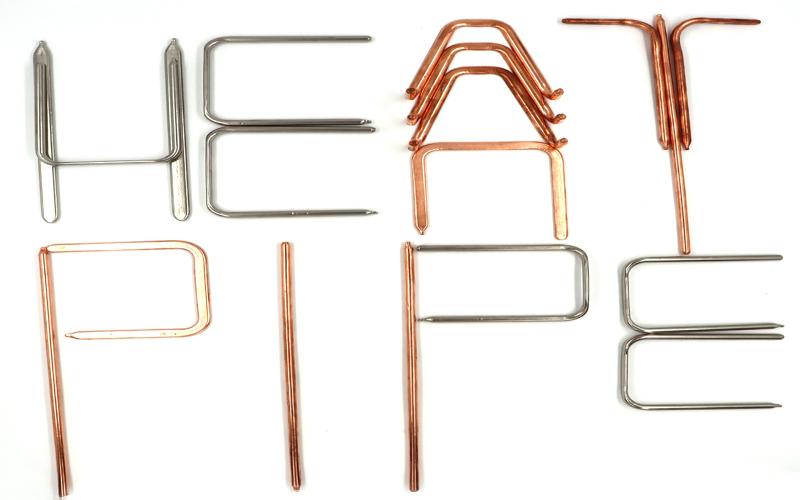The Basics of Heatpipe heatsinks manufacturing process
Heatpipe heatsinks are crucial components for dissipating heat in various electronic devices. These specialized heatsinks are widely used in industries such as aerospace, telecommunications, and computer hardware. This article delves into the manufacturing process of heatpipe heatsinks, providing a comprehensive guide to understanding how these essential components are created.
1. Introduction to Heatpipe Heatsinks
Heatpipe heatsinks are designed to efficiently transfer heat away from heat-generating components, such as CPUs and GPUs, to ensure optimal performance and prevent overheating. The heatpipe heatsink manufacturing process involves several key steps, including design, material selection, fabrication, and assembly.
2. Designing the Heatpipe Heatsinks
The first step in the manufacturing process is the design phase. Engineers carefully consider the specific requirements of the electronic device and its heat dissipation needs. Factors such as size, shape, and thermal conductivity are taken into account to optimize the performance of the heatpipe heatsink.
3. Material Selection
Choosing the right materials is crucial for the effectiveness and longevity of heatpipe heatsinks. The most commonly used materials include copper, aluminum, and their alloys. These materials offer excellent thermal conductivity, corrosion resistance, and durability, making them ideal for heatpipe heatsink manufacturing.
4. Fabrication of Heatpipe Heatsinks
The fabrication process involves shaping the selected materials into the desired form of the heatpipe heatsink. Various techniques such as extrusion, stamping, and machining are used to create the intricate structures that optimize heat dissipation. Precision and attention to detail are paramount during this stage.
5. Assembly of Heatpipe Heatsinks
Once the individual components of the heatpipe heatsink are fabricated, they are assembled to form the final product. This typically involves joining the base and fins of the heatsink, ensuring proper thermal contact and structural integrity. Adhesive bonding or mechanical fastening methods are commonly employed for assembly.
6. Testing and Quality Assurance
To ensure the reliability and performance of heatpipe heatsinks, rigorous testing and quality assurance measures are implemented. These include thermal testing, pressure testing, and visual inspection. Only heatsinks that meet the specified performance and quality criteria are deemed acceptable for use.
7. Surface Treatment and Finishing
To enhance the thermal conductivity and improve the overall appearance of heatpipe heatsinks, surface treatments and finishing processes are often applied. These may include anodization, electroplating, or powder coating. These treatments also provide additional protection against corrosion and wear.
8. Packaging and Distribution
Once the heatpipe heatsinks have passed all quality checks and finishing processes, they are carefully packaged to ensure safe transportation and storage. Packaging materials and methods are chosen to protect the heatsinks from damage during transit. The finished products are then distributed to various industries and manufacturers.
9. Advancements in Heatpipe Heatsink Manufacturing
The manufacturing process of heatpipe heatsinks continues to evolve with advancements in technology. Additive manufacturing techniques, such as 3D printing, are being explored to create complex heatsink designs with improved heat dissipation capabilities. These advancements contribute to more efficient and compact electronic devices.
10. Conclusion
Heatpipe heatsinks play a crucial role in maintaining the temperature and performance of electronic devices. Understanding the manufacturing process behind these essential components allows for greater appreciation of their importance. From design to assembly, each step in the manufacturing process contributes to the creation of efficient and durable heatpipe heatsinks.

